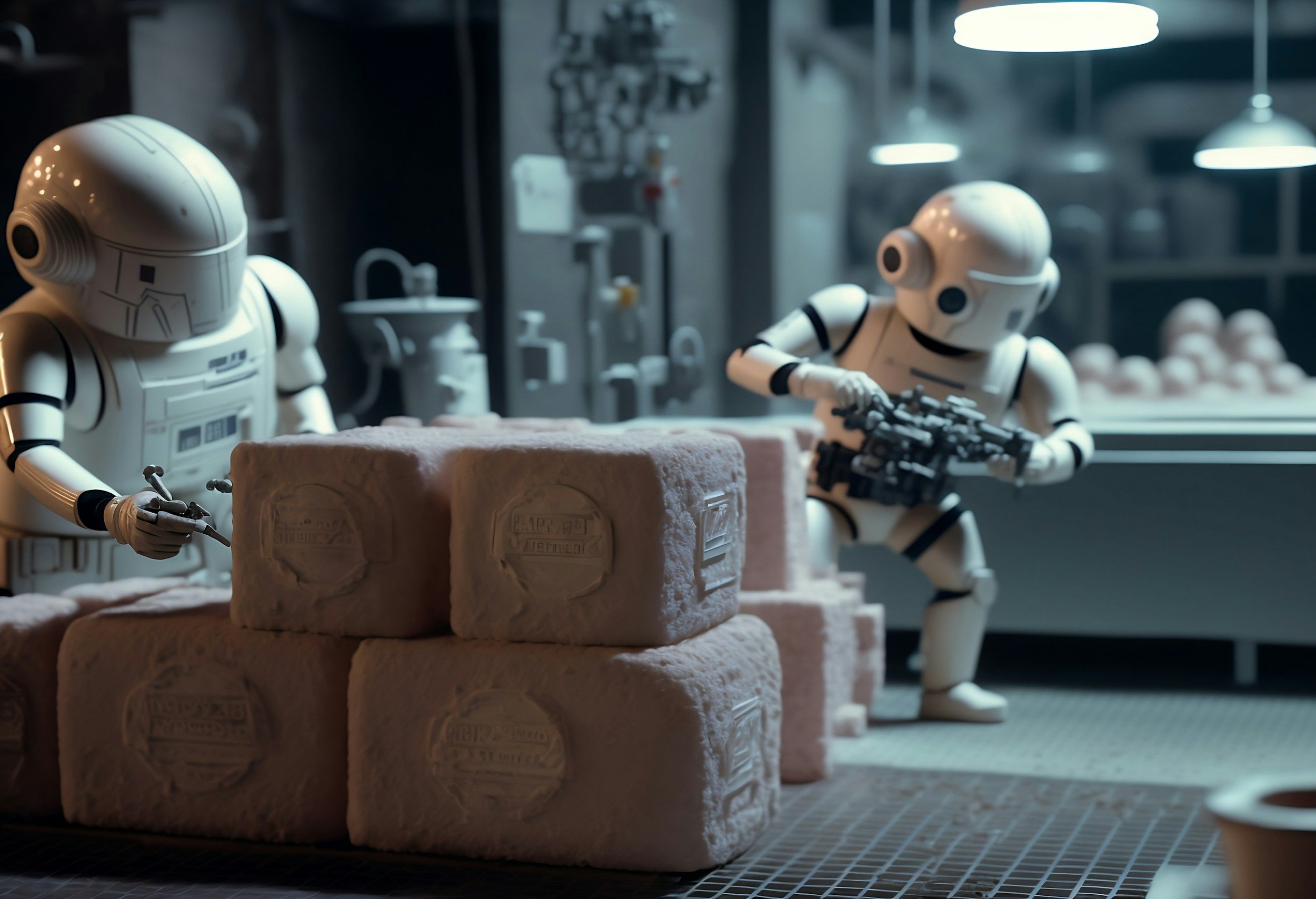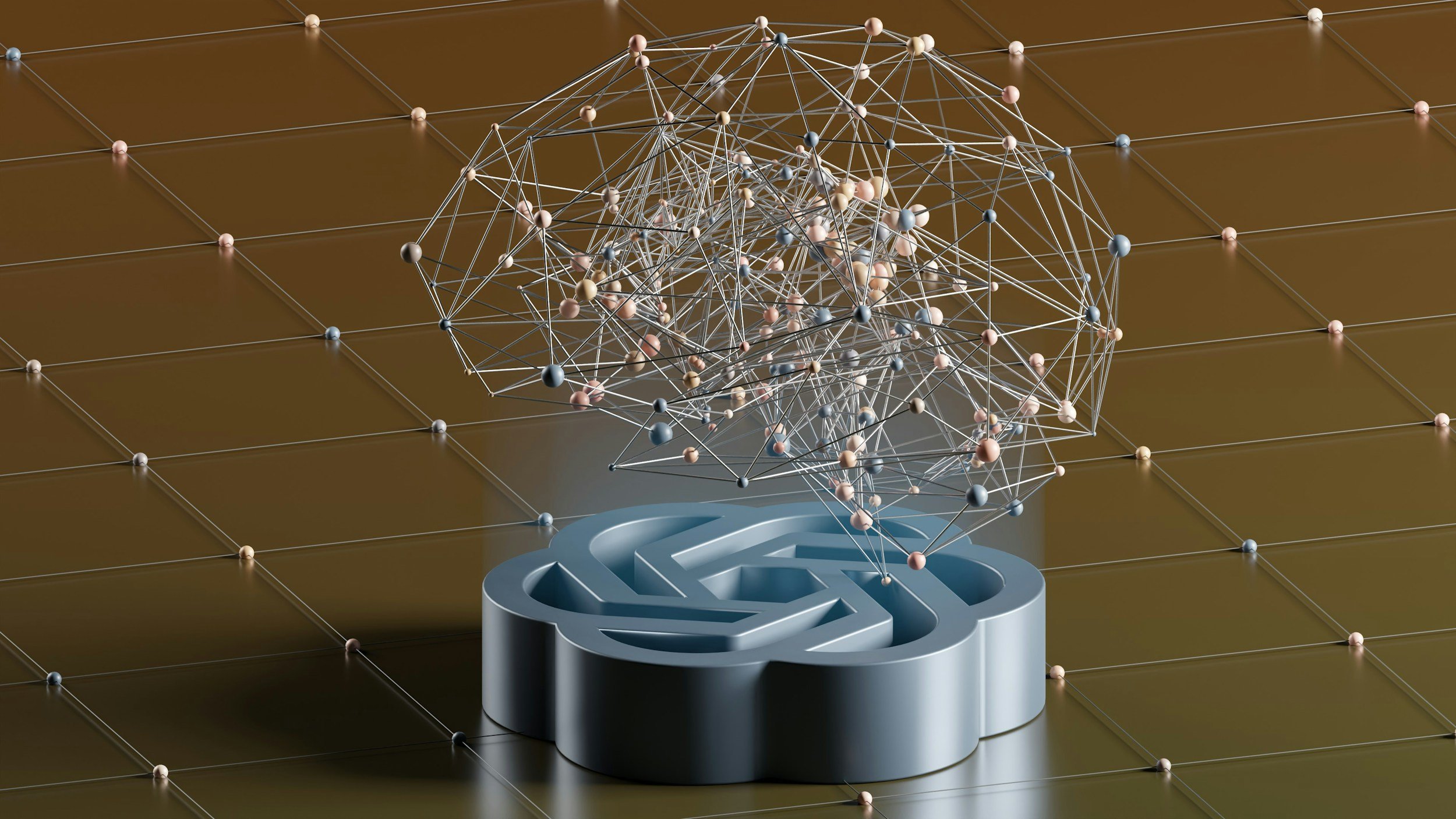AI in Education: How Technology Is Changing the Way We Teach
Once upon a time, “AI in education” sounded like the plot of a dystopian movie. You know, robot teachers marching down hallways, grading papers with laser eyes, and saying things like “Your essay has been deemed inefficient. Please reboot.”
Fast forward to today, and while we’re not quite at robot-overlord levels (yet), AI is definitely changing the game in classrooms around the world.
Whether you’re a fan, a skeptic, or someone who still types “ChatGPT” like it’s a secret password, AI is here, and it’s not going anywhere. So let’s take a funny, honest look at how artificial intelligence is reshaping the way we teach, for better and worse.
The Good: AI is Like a Super Assistant (That Doesn’t Ask for a Bathroom Break)
Tiny robots doing tiny robot things
Let’s start with the shiny, optimistic side of things. AI has some serious perks in education, especially for overworked, under-caffeinated teachers.
Automated Grading = More Time for Teaching
Raise your hand if you’re ever spent an entire Sunday grading 85 vocabulary quizzes.
Now imagine an AI tool scanning, scoring, and organizing them in seconds.
Yes, AI can grade multiple-choice tests, essays (kind of), and even detect plagiarism, leaving you free to do more important things like, oh I don’t know…teaching, lesson planning, eating lunch before 3:00PM?
Personalized Learning Without Losing Your Mind
Ever wish you could create 20 individualized lesson plans tailored to each student’s needs and learning pace?
AI can help with that.
Tools like adaptive learning platforms analyze student performance and adjust the difficulty, pace, and content in real time. It’s like having a mini tutor for every kid, without the awkward scheduling.
Instant Feedback and Support
AI-powered tools can give students immediate feedback on practice problems, helping them correct mistakes on the spot.
That means less time waiting for you to get through a stack of papers and more time actively learning.
Plus, there’s a certain magic in a program that says “Great job!” In a cheerful voice every time a kid gets something right. We all need that kind of energy in our lives.
The Bad: Not All That Glitters Is Artificially Intelligent
Now let’s be real. AI isn’t a magical unicorn. It comes with its own set of challenges, weird glitches, and occasional existential dread.
It’s Not a Substitute for Actual Teaching (Duh!)
Yes, AI can do a lot, but it can’t build relationships, read body language, or sense when a kid is two seconds from a meltdown because their crayon broke.
Some schools are rushing to use AI tools in place of actual instruction, but spoiler alert: AI isn’t a teacher. It’s a tool.
We still need human connection, creativity, and professional judgment, all things that a chatbot just can’t replicate. (Yet. Please don’t smite me, future AI overlords.)
Bias and Accuracy Issues
AI systems are only as smart as the data they’re trained on, which means they can be biased, wrong, and just plain weird.
Ask AI to generate reading comprehension questions and it might nail it…or it might create a multiple choice test with four identical answer options and a bonus question about purple flying bananas.
So yes, AI can help. But someone still has to double check its work, and that someone is usually you.
Privacy? What Privacy?
Let’s talk about student data.
Many AI tools collect a lot of information about students, performance, behavior, clicks, hesitations, snack preferences (okay, maybe not the last one, but still).
Who owns that data? How is it stored? Who has access?
The answers aren’t always clear, which means school leaders and teachers need to be careful about what tools they’re using and why.
The Weird: Things No One Warned Us About
Ah, yes, the fun surprises of AI in education.
Students asking ChatGPT to write their essays, then proudly handing in an assignment that opens with “As an AI language model, I do not have personal experiences…”
Kids using AI image generators to draw anatomically incorrect dinosaurs doing yoga, then insisting it’s part of the science lesson.
Teachers trying to use an AI tool and accidentally getting locked out because they typed “phonics” too many times and triggered a spam filter.
The technology is amazing, but we’re all still figuring it out.
So, What’s the Verdict?
AI is not the enemy. It’s not going to replace teachers, and it shouldn’t.
What it can do is:
✔️ Free up your time
✔️ Support differentiated instruction
✔️ Offer quick feedback and data
✔️ Make your job a little more manageable (on the good days)
What is can’t do is:
❌ Build classroom culture
❌ Social-emotional development
❌ Spot emotional struggles
❌ Create human connection
❌ Eat that questionable cupcake at the staff birthday party with you
Final Thoughts: Use It, Don’t Fear It (But Maybe Double-Check the Output)
AI in education is changing the way we teach, whether we like it or not. The trick is to use it wisely, as a helpful assistant, not a replacement.
Trust your instincts. Lean into the tools that make your life easier. And don’t be afraid to laugh when it gets a little weird.
Because at the end of the day, no AI will ever understand your students the way you do.
And it certainly wont know how to handle that one kid who insists his name is “Batman” for the third week in a row.

